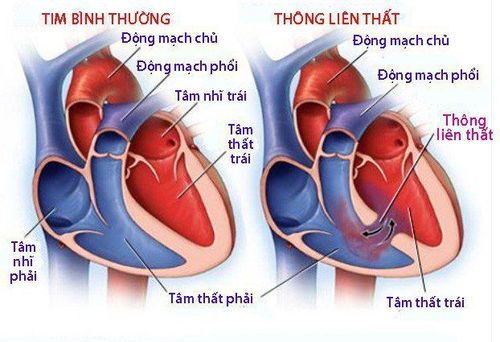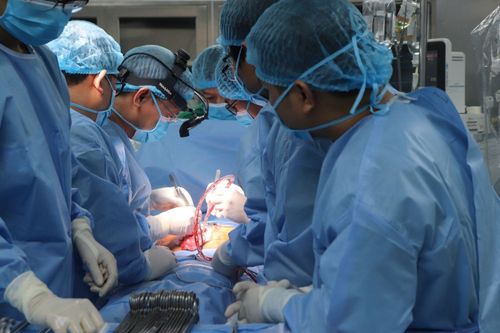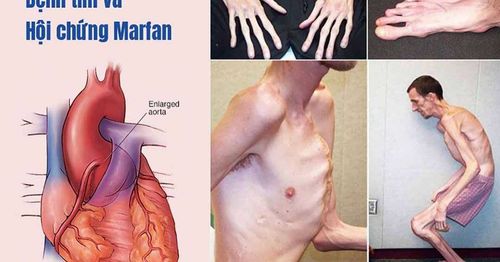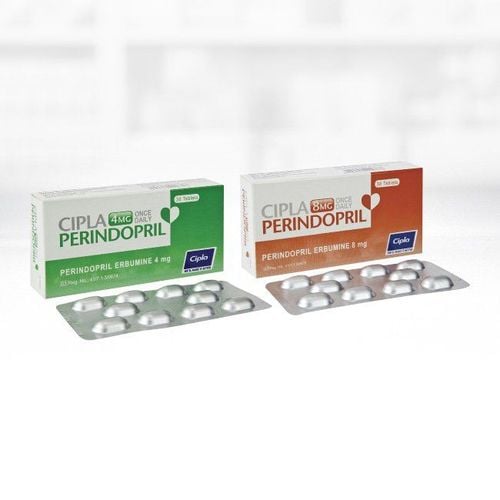This is an automatically translated article.
The article was consulted with Dr. Nguyen Van Duong - Interventional Cardiologist - Cardiovascular Center - Vinmec Central Park International General Hospital.After a number of invasive procedures can cause injury to the heart muscle, pericardium, and around the heart, it is called post-cardiac injury syndrome. Symptoms, clinical features of the syndrome after heart injury are quite diverse, the risk of recurrence is high and can be life-threatening if not promptly detected and given emergency care.
1. What is post-heart injury syndrome?
Postcardiac injury syndrome refers to a heterogeneous group of immune-mediated etiologies involving inflammation of the pericardium, epicardium, and myocardium. Not only affects the pericardium, but also affects the myocardium and other sites.2. Symptoms of the syndrome after heart damage
Symptoms of epicardial, pericarditis appearing in common patients include:Chest pain (accounting for more than 80%) Shortness of breath (accounting for about 50-60%) Mild fever (accounting for 50-60%) Pericardial rub (accounting for 30-60%) Pericardial effusion usually occurs in mild, moderate degree (accounting for more than 80%) Pleural effusion with or without pulmonary infiltrates (over 80%) 60%) On subclinical examination, there are signs of systemic inflammation: Increased CRP (74%), increased erythrocyte sedimentation rate, increased white blood cell count. Electrocardiogram with diffuse ST elevation or PR depression in multiple leads (more than 20%). A straight chest x-ray shows the presence of a new, progressive pleural effusion, with or without pulmonary infiltrates. Echocardiography helps to evaluate the size of the heart chambers, myocardial contractile function, heart valve structure and pericardial effusion. There is an echocardiographic void due to pericardial effusion. Occurrence of left ventricular dysfunction such as heart failure, ventricular arrhythmia.
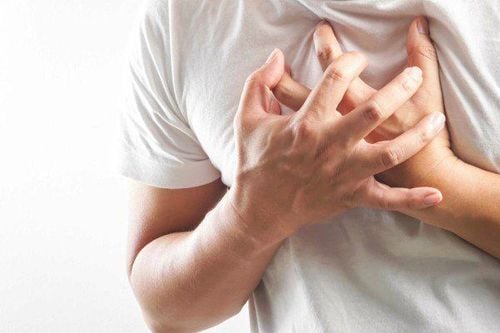
3. Possible syndromes after heart damage
The syndrome after cardiac injury is formed including:2.1 Pericarditis after myocardial infarction This is a common complication after cardiac injury, accounting for 25-40% of patients with myocardial infarction. Pathology usually occurs 3 to 10 days after myocardial infarction.
Most patients with pericarditis after myocardial infarction are asymptomatic. Other patients have common symptoms such as severe chest pain that lasts for hours, pain worse when lying on the back, pain relief when sitting or bending forward. Pain is worse as the lungs increase, such as when taking a deep breath, after coughing and swallowing.
Pain comes from the top of the trapezius, sometimes from the neck, arms and back but not often. Pericarditis after myocardial infarction is associated with a wider area of myocardial necrosis, more in the anterior wall than in the posterior wall.
If the patient has chest pain and pericardial rub when having an acute myocardial infarction, the patient is likely to have a high risk of pericarditis after myocardial infarction.
2.2 Pericarditis after cardiac surgery (postpericardial syndrome) This symptom can occur days or even weeks to months after the patient is operated on and carries a high risk of death. This is a consequence of the immune response due to heart damage following cardiopulmonary surgery.
2.3 Pericarditis following an accident or trauma to the chest area. Post-traumatic heart damage is the result of a patient's trauma from a strong external impact such as a strong blow to the chest, traffic accidents, penetrating trauma such as stabbing, bullets, etc. causes the following complications:
Acute cardiac tamponade due to trauma (cardiac injury syndrome but not related to immune-mediated factors). Late cardiac tamponade. Constrictive pericarditis develops months and years later. Patients with emergency chest trauma may go into shock due to blood loss or cardiac tamponade. Blood volume in relation to cardiac tamponade. The less blood accumulation, the slower the degree of cardiac tamponade. Patients with chest injury due to penetrating wounds can also lead to pericardial effusion or cardiac tamponade but will not appear immediately but appear later. In addition, when the blood in the pericardial cavity is broken down by lytic activities, blood cysts (hematoms) will form, leading to symptoms of local compression of the heart, thereby forming constrictive pericarditis.
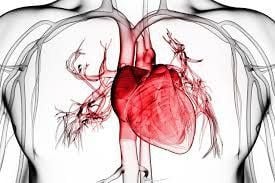
4. Prevention and treatment of possible syndromes after heart damage
To prevent dangerous syndromes that may appear after the injury, the doctor may prescribe the patient to use the drug:Aspirin: has non-steroidal anti-inflammatory effect Colchicin: has the effect of preventing inflammation of the membranes. outside the heart after surgery. Combination of Aspirin and Colchicine for Initial Treatment Glucocorticoids used in patients with recurrent pericarditis Proton pump inhibitors are recommended when treating pericarditis in combination with Aspirin. Vinmec International General Hospital is the address for examination, treatment and prevention of diseases. When performing the examination process at Vinmec, customers will be examined and treated by a team of highly qualified, experienced doctors who are well-trained at home and abroad, along with the hospital's facilities. modern machinery system.
When there is a need for cardiac examination, please choose the Cardiology Department of Vinmec International Hospital by booking an appointment on the website (vinmec.com) for the best support and service.
Please dial HOTLINE for more information or register for an appointment HERE. Download MyVinmec app to make appointments faster and to manage your bookings easily.





